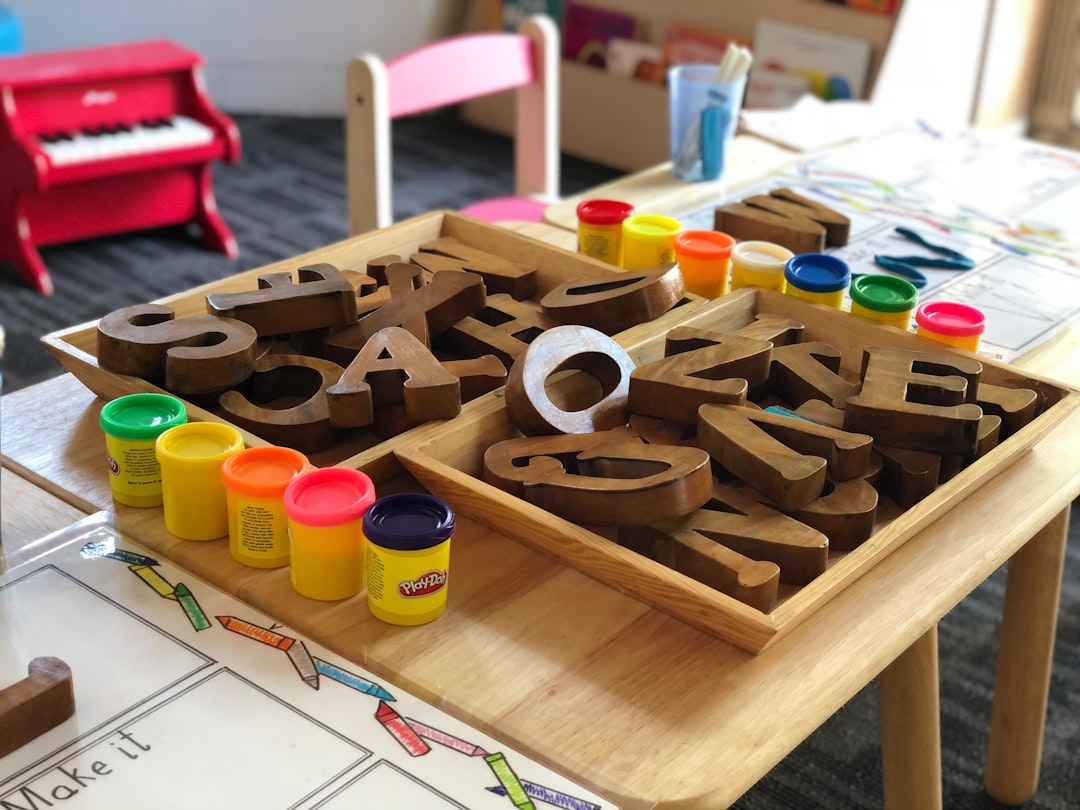Short Course on – What You Should Know
Building with Protected Concrete Kinds (ICFs)
Shielded Concrete Kinds (ICFs) have actually acquired significant appeal throughout the years as a sustainable and energy-efficient building service. These types, typically made of inflexible foam insulation, are piled and afterwards full of concrete, leading to a durable and well-insulated wall system. In this write-up, we will discover the advantages, process, and factors to consider of structure with ICFs.
Advantages of ICF Building:
1. Power Efficiency: Among the essential benefits of utilizing ICFs is their remarkable insulation. The foam panels supply a constant layer of insulation, reducing thermal linking and preserving a regular temperature inside the structure. This causes energy financial savings and decreased heating and cooling expenses.
2. Strength and Resilience: ICF wall surfaces are known for their strength and durability. The combination of foam insulation and concrete produces a strong and impact-resistant framework that can endure severe climate condition, such as hurricanes and quakes. The solid-core construction additionally offers outstanding soundproofing homes.
3. Fire Resistance: The non-combustible nature of concrete and the fireproof properties of foam insulation make ICF buildings very resistant to fire. This can provide additional safety and security and satisfaction to property owners and passengers.
4. Design Versatility: ICFs can be easily tailored to satisfy building requirements. The foam panels can be cut and formed to attain various styles, including bent wall surfaces and detailed building details. This permits creative liberty while keeping the advantages of an energy-efficient and sturdy building system.
The ICF Building Refine:
The building process of ICF buildings follows a couple of fundamental actions:
1. Foundation and Footings: The building and construction begins with the excavation and preparation of the structure. This consists of pouring concrete footings and setting up the necessary support.
2. ICF Installation: The foam panels are stacked and secured with each other, forming the walls of the structure. The panels interlock, producing a tough formwork for putting concrete. Added reinforcement, such as rebar, might be added for added toughness.
3. Concrete Pouring: Once the ICF wall surfaces are in location, concrete is poured right into the kinds, loading the dental caries in between the foam panels. The concrete is commonly gathered areas, enabling appropriate consolidation and curing.
4. Ending up: After the concrete has totally healed, the walls can be finished according to the preferred aesthetic. This might include using outside and indoor surfaces, such as stucco, home siding, or drywall.
Considerations for ICF Construction:
1. Expense: While the first cost of structure with ICFs can be greater compared to traditional construction approaches, the lasting power savings usually offset this cost. It’s important to think about the overall lifecycle expenses and power effectiveness benefits when reviewing the cost-effectiveness of ICF construction.
2. Building Regulations Compliance: Prior to starting an ICF construction task, it is vital to check neighborhood building codes and regulations. Some locations may have specific requirements or limitations for ICF building, and obtaining the essential authorizations and approvals is crucial.
3. Professional Experience: Collaborating with ICFs needs specialized skills and expertise. It is recommended to hire knowledgeable contractors that recognize with ICF building and construction techniques and have a performance history of successful projects.
In conclusion, developing with Protected Concrete Forms (ICFs) offers numerous benefits, consisting of power efficiency, strength, sturdiness, and style flexibility. While there may be first cost considerations and details building regulations demands, the long-lasting advantages make ICF building an eye-catching alternative for those looking for sustainable and durable building solutions.

 Tips for Choosing the Best Apparel Shop for T-shirt Screen Printing Services
Tips for Choosing the Best Apparel Shop for T-shirt Screen Printing Services  Elements to Consider When Choosing a Preschool
Elements to Consider When Choosing a Preschool Choosing an Estate Planning Attorney Key Tips to Consider
Choosing an Estate Planning Attorney Key Tips to Consider

 Top-notch Factors to Consider Before Selecting a Landscaping Company
Top-notch Factors to Consider Before Selecting a Landscaping Company